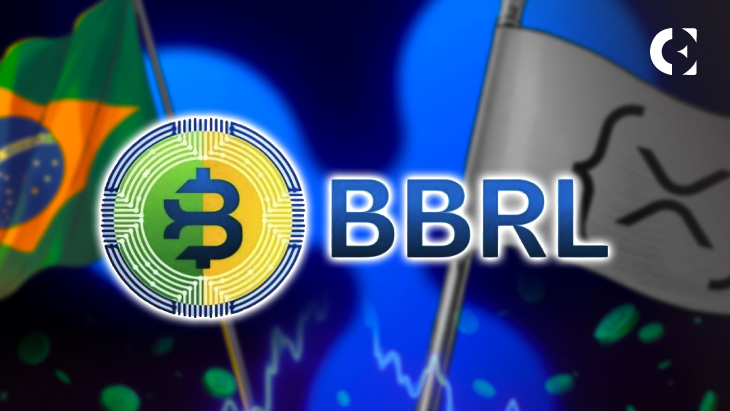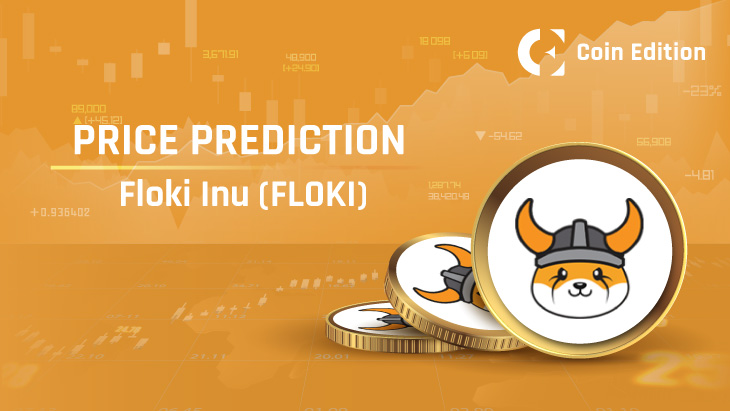- Braza launched the USDB stablecoin on May 22, 2025, using the XRP Ledger for fast and low-cost transactions.
- USDB is pegged to the U.S. dollar and works alongside BBRL to support both regional and international financial needs.
- Ripple’s XRPL infrastructure enables real-time payments, aiming to expand stablecoin adoption across Latin America.
On May 22, 2025, RippleX announced that Braza Group launched its new USD-backed stablecoin, USDB, on the XRP Ledger (XRPL). The move targets individuals and institutions in Latin America, enabling faster and more secure international transactions.
USDB is pegged 1:1 to the U.S. dollar and functions natively on XRPL. The network offers quick settlement, low fees, and built-in token support. Braza aims to improve digital finance access in markets where currency volatility and limited banking infrastructure remain challenges.
This launch adds to Braza’s presence on XRPL, where its local token BBRL already operates. The two assets together are designed to support use cases like payments, transfers, and digital asset interactions across borders.
Ripple Infrastructure Powers Real-Time Settlement
Braza selected XRPL to deploy USDB due to its speed and efficiency. The ledger settles transactions in 3–5 seconds and supports high throughput without relying on energy-intensive mining. Its consensus protocol provides both scalability and low operating costs.
Ripple highlighted that these features allow real-time fund transfers between countries, reducing friction in remittance corridors. The platform also includes built-in functions for token management and compliance, which are critical for regulated financial products like stablecoins.
By leveraging XRPL, Braza aims to simplify digital payments and offer a reliable dollar-based tool across Latin American economies that deal with inflation and exchange rate volatility.
USDB and BBRL to Support Local and Regional Use
Braza’s strategy involves using USDB alongside its BBRL token to serve both domestic and international financial needs. BBRL represents local value, while USDB introduces a dollar-denominated option for broader transactions.
The company plans to integrate both tokens into regional fintech platforms, wallets, and merchant services. The goal is to connect real-world financial activity with on-chain tools, creating an accessible system for daily transactions and long-term savings.
RippleX noted that this development extends the XRP Ledger’s utility in emerging markets. Braza expects future partnerships with banks and payment providers to widen adoption of USDB across Latin America.
Disclaimer: The information presented in this article is for informational and educational purposes only. The article does not constitute financial advice or advice of any kind. Coin Edition is not responsible for any losses incurred as a result of the utilization of content, products, or services mentioned. Readers are advised to exercise caution before taking any action related to the company.









